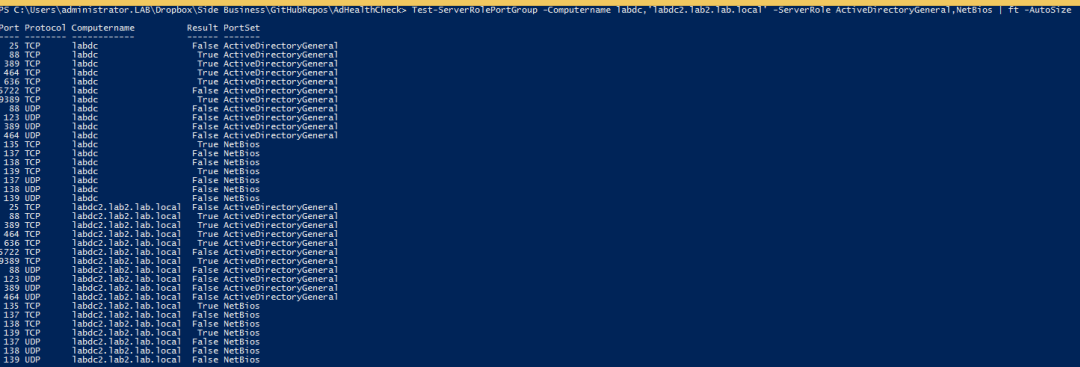Let’s dive into how to build a PowerShell test port tool that allows you to test open ports by port number and label.
To build a robust script that’s not going to fall over and die on half your servers it’s important to first make sure the prerequisites that exist in order for you to get your end result are met.
What are these prereqs? Prerequisites are services like FTP, HTTP, DCOM, WMI, WSMAN, etc. The connection you’re trying to make to a server typically depend on services like these.
There is a hierarchy of several layers of checks you can perform on your servers before attempting to make a connection depending on how anal you want to get.
For starters you’ve got the entire OSI stack to traverse on the network side. That’s not including services on the host system that you’re executing the script from and everything else on the remote host system.
One of the first tests you need to perform when querying a remote server is to check to ensure the appropriate network ports are open and accessible. Depending on the services running on the remote server depends on the ports you need to query.
I always used to either not even attempting to test port connections or fumbling around with finding that latest Test-Port script I had scavenged somewhere. Once I found it to figure out what ports I actually needed to a test ahead of time. Today was the final straw.
I needed to query a set of domain controllers before running some CIM queries against them. I went about my normal fumbling around and decided enough was enough and sat down and built my own, fully featured port testing script.
With help from this Technet script I managed to create pretty good pair of PowerShell functions that will not only allow you to test for open TCP and UDP ports but to test port groups by server role. No more Googling every time for what ports what service uses!
Granted, especially for Active Directory, the ports can vary by server OS, various services on a domain controller, etc. Feel free to tweak them as needed for your environment.
Here’s a screen host of a usage example:

As you can see, you can specify as many servers as you want and it will output a nice list of objects broken down by the service port group and the port for each computer. So far it’s come in very handy! I hope you get some use out of it like I have!













